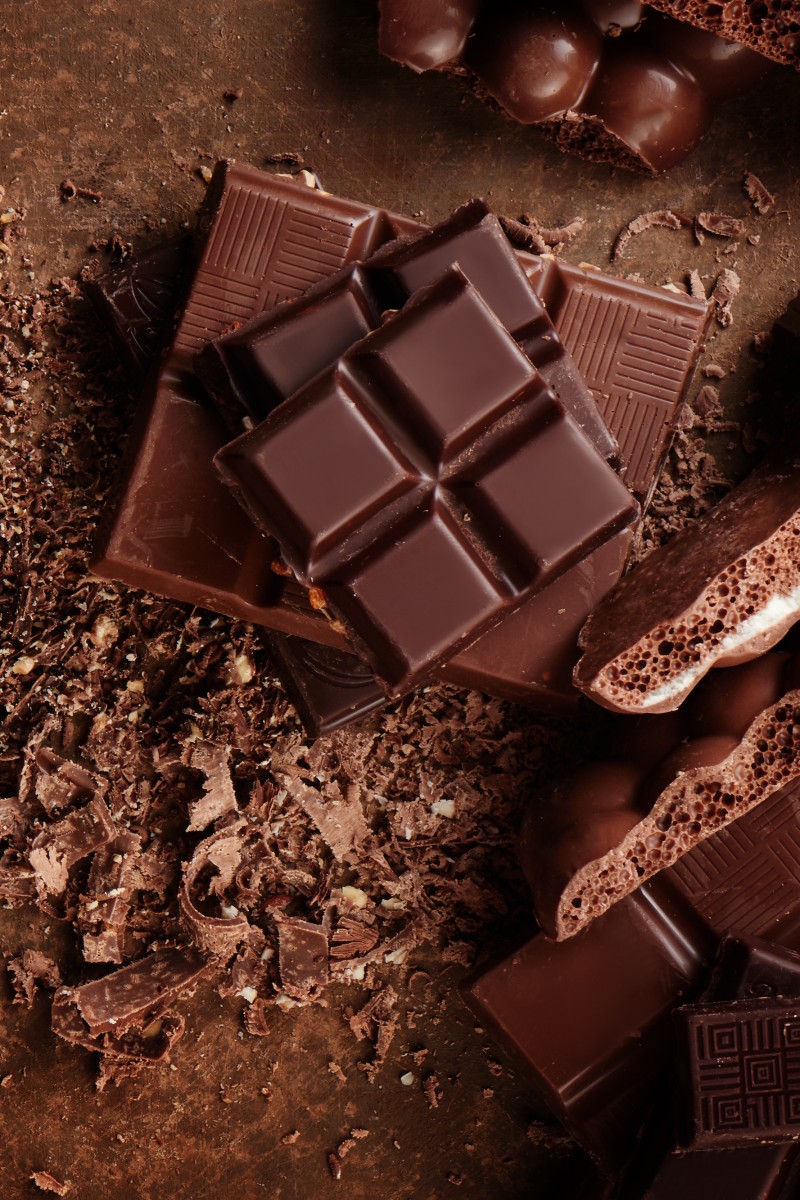
Study Buddy (Challenger): Chocolate, avocados, tacos – Mexico’s culinary gifts to the world, and how to cook with them
- Study Buddy Challenger is for students who want to take their understanding to the next level with more difficult vocabulary and questions that will test their inference skills
- Check your reading comprehension using the questions below or in the linked Kahoot! game
 Chocolate is native to Mexico, along with avocado and tomato, too. Photo: Shutterstock
Chocolate is native to Mexico, along with avocado and tomato, too. Photo: ShutterstockContent provided by British Council
Read the following text, and answer questions 1-9 below:
[1] What would Italian food be without tomatoes, or Indian food without chillies? Imagine life without chocolate, or squash or beans. In México: The Beautiful Cookbook (1991), authors Marilyn Tausend and Susanna Palazuelos point out the contributions Mexican ingredients have made to world cuisines.
[2] In the introduction, they write: “Until recently, most average food lovers thought of Mexican cooking in terms of tacos, tamales and tongue-scorching salsas. Few were aware of the exquisite moles and pipianes with their sauces of ground pumpkin seeds and spices, or the naturally ‘cooked’ ceviche, a medley of raw seafood marinated in lime juice. Nor did they know that the soul-satisfying cup of hot chocolate they happily sipped on a cold winter day was a gift of the cacao and vanilla of Mexico’s first civilisations.”
[3] “Then, in the mid-1970s, British-born Diana Kennedy stirred up the gastronomical world with her cookbooks on the regional cuisines of Mexico, and it was realised that such exotic ingredients as squash blossoms and the fleshy paddles of nopal cactus were being used by Mexican cooks to create subtly flavoured dishes very similar to those prepared by the Aztecs. It became obvious that Mexican food was not just another fast food but a distinct and truly great cuisine.”
[4] They continue: “Mexican cooking is more than indigenous dishes journeying untouched through the centuries. It is the grafting of the fruits and vegetables, meats, grains and the spices of the Old World onto the root stock of the native foods, resulting in a cuisine that reflects ... its turbulent evolution through the centuries – crepes of exotic corn fungus, bowls of steaming menudo, pit-roasted pork seasoned with the unique flavours of achiote and bitter orange, crystallised limes plumped full of grated coconut, and yes, the uncountable varieties of tacos, tamales and salsas, shockingly hot to the unprepared palate.”
[5] “The Spaniards came to the New World in search of gold, but it was their discovery of new foods that has had the greatest impact on the world: corn, beans of great variety, peanuts, sweet potatoes, squashes, pumpkin, tomatoes and the little-known but highly nutritional amaranth.”
[6] They conclude that the Columbian Exchange was not a one-way street: “The fruits they found – the fragrant pineapple, guava, papaya and avocado – have enriched the diets of many people, and the three major flavourings from Mexico – chilli, chocolate and vanilla – certainly changed the taste of foods eaten around the world.”
[7] ”Chapters in the book are divided by main ingredients, as well as regionally – The Maya World, Pacific Coast, The Frontier. The recipes reflect the diversity of the country and include almond eggnog, corn pudding, fried pork skin soufflé, pot roast stuffed with bacon, crab and cactus paddle cocktail, dried shrimp patties ... Oaxacan egg bread, shrimp in coconut shells, and meringue with mangoes and soft custard.”
Source: South China Morning Post, February 7
Questions
Play a Kahoot! game about this story as a class or with your friends by clicking on the link here.
Or play on your own below to test your understanding:
1. What ingredients listed in paragraph 1 originate from Mexico?
2. At the time the book was published, what level of familiarity did Tausend and Palazuelos assume their readers had with the following foods?
3. What might readers find intriguing about hot chocolate according to paragraph 2?
4. What common misconception about Mexican food is mentioned in paragraph 3?
5. Find two words in paragraph 4 that mean “originating in a particular place”. (2 marks)
6. How did the Spaniards contribute to the culinary world according to paragraphs 5 and 6?
A. They introduced native Mexican ingredients to the rest of the world.
B. They found new ways to prepare traditional Mexican ingredients.
C. They realised the nutritional benefits of native Mexican food and exported them globally.
D. They helped to cultivate new varieties of Mexican plants that could be grown elsewhere.
7. Based on your understanding of the article, why might the authors have decided to arrange the book’s chapters according to region?
8. Decide if the following statements are True, False or Not Given in the text. (4 marks)
(i) Most people living outside Mexico were not aware of the wide variety of ingredients used in Mexican cooking in the 1950s and 1960s.
(ii) Squash blossoms and certain parts of the nopal cactus are commonly used in Mexican cuisine to add spice and tanginess.
(iii) Tacos, tamales and salsas are the most-exported foods from Mexico today.
(iv) México: The Beautiful Cookbook includes chapters dedicated to essential ingredients for authentic Mexican cooking.
9. Which of the following best describes the tone of this text?
A. contemplative
B. descriptive
C. persuasive
D. argumentative
Answers
1. tomato, chillies, chocolate, squash and beans
2. tamale: familiar; mole: not familiar; ceviche: not familiar; taco: familiar; pipiane: not familiar
3. that two ingredients for the drink first originated in Mexico
4. that Mexican food was just another fast food
5. indigenous, native
6. A
7. It is because Mexico is a diverse country, and each region has its own ways of preparing the same main ingredients.
8. (i) T; (ii) F; (iii) NG; (iv) T
9. B
